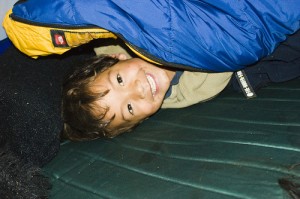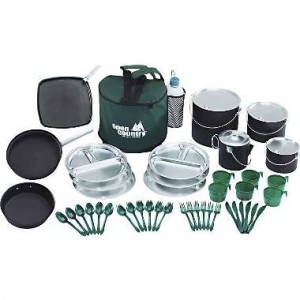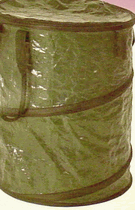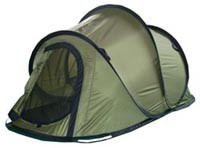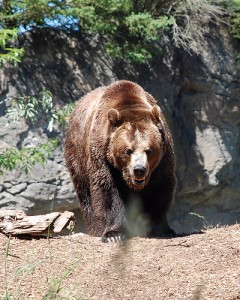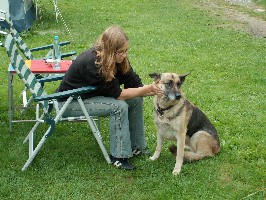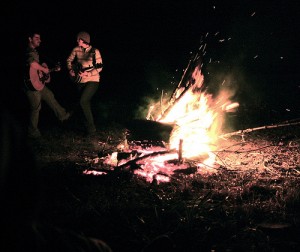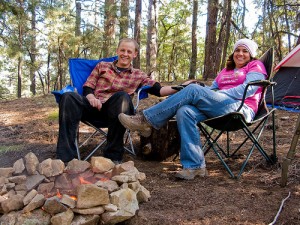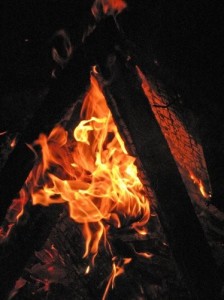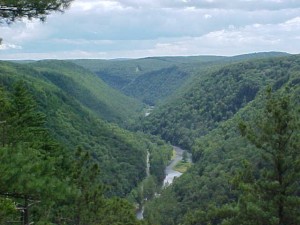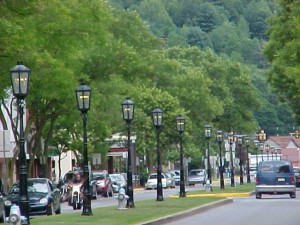Tread Lightly
Camping can seem like an arduous task. The amount of gear alone can make even the most seasoned outdoor adventurer cringe. However, camping can still be a very relaxing and rewarding experience even with a minimal amount of supplies. Packing lightly not only helps reduce the stress and strain on your back, it also helps to reduce the strain on the natural environment when you pack out.
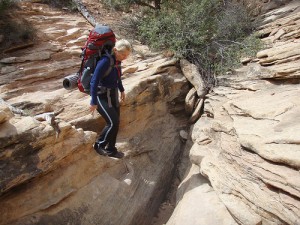
Backpacking Photo by Rob Lee
Packing for a day or two in the woods does not need to be a massive undertaking. The essentials, including sleeping bag, food and water, can easily be carried in a small, lightweight pack to allow for maximum comfort and maneuverability. Many outfitters make ultra lightweight, portable gear for camping in even the coldest conditions with super insulated sleeping bags weighing less than two pounds.
Eating on the trail can often be a difficult task. Cans are bulky and produce a lot of waste, and boxes are easily crushed while packed in with other gear. Many campers have got their food situation under control with the help if military-style meals such as MREs. MREs, also known as meals ready to eat, are complete meals in one compact package. They can be warmed in their own packaging and are nutritious and well-balanced, and produce very little waste to haul out. Freeze-dried foods are also very tasty and take up little space, making them popular for conscious campers.
If you camp with a canine companion, your pooch can help you carry supplies. Doggy backpacks are a popular product for outdoor sportsman and dog enthusiasts alike, and let your furry friend carry his own gear down the trails. Dogs of any breed can wear packs, although the amount they can carry varies depending on size. Be sure to put in a set of convenient collapsible bowls and a few biodegradable waste bags and you and your pooch are ready for the road.
Your camp trip should be spent enjoying the glory and beauty of nature, not worrying about how to haul your supplies around. With just a few small convenience items and a little bit of forethought, you can tread lightly through the wilderness and leave it as quiet and undisturbed as you found it.



